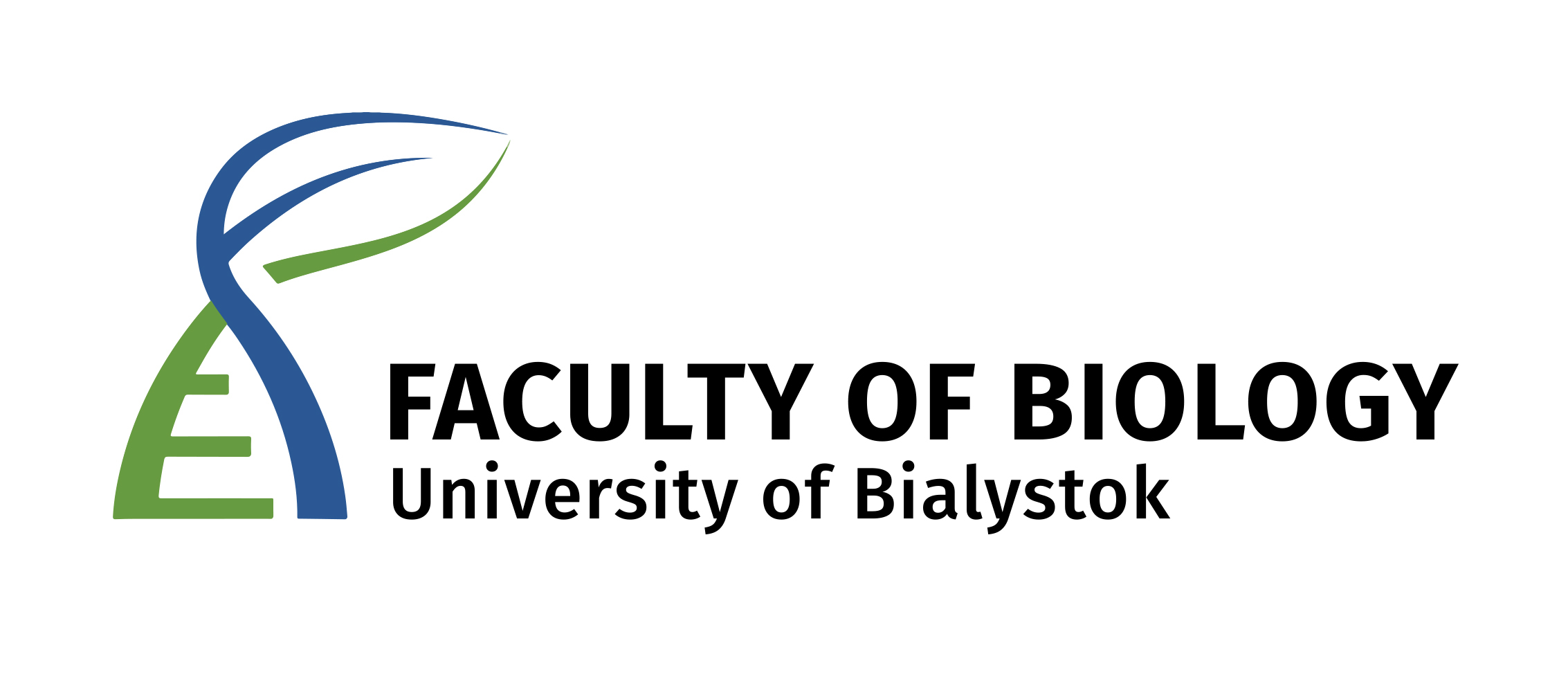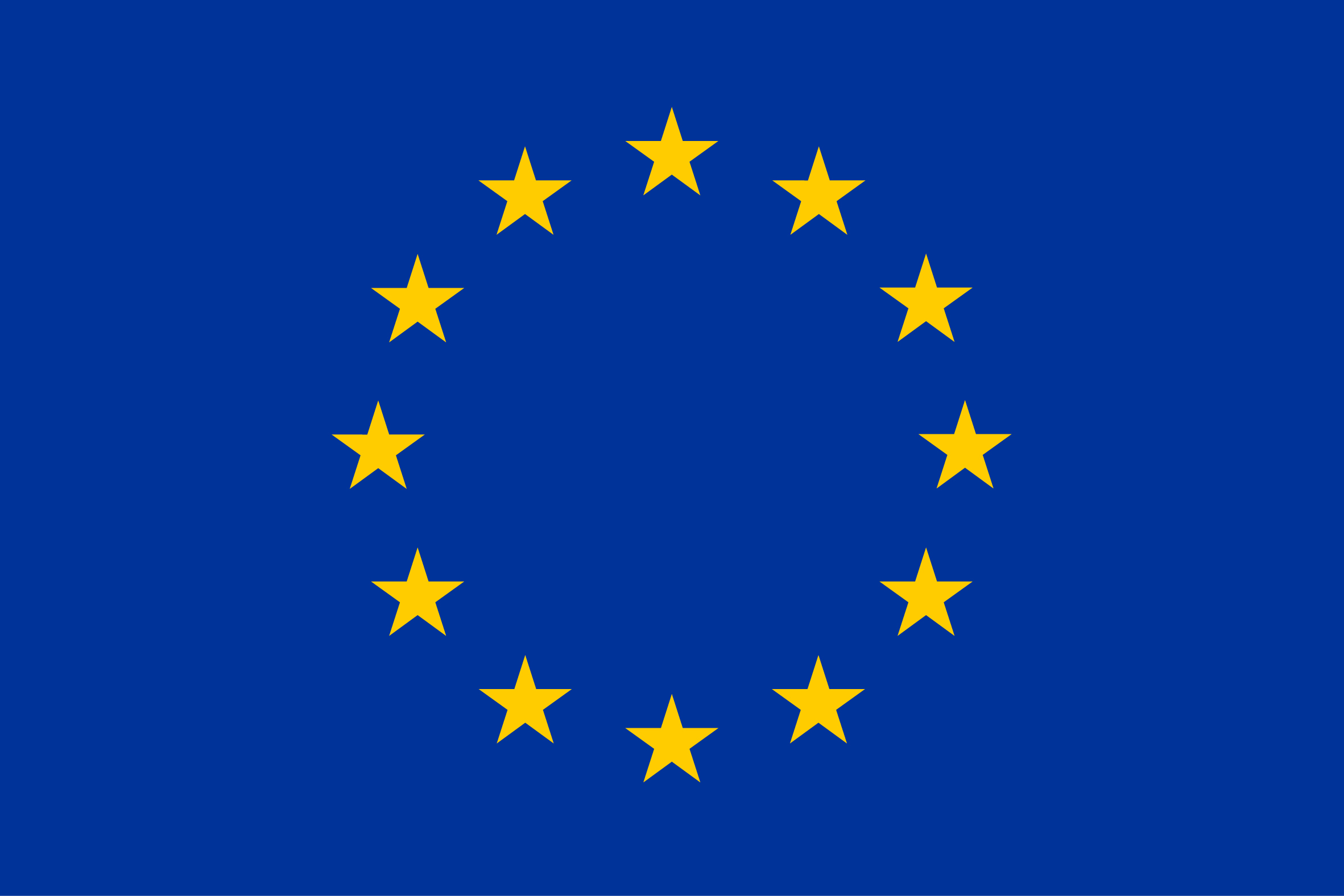Title:
Movement analysis of forest-dwelling avian predators:
a novel bioindication method for evaluating functional heterogeneity in forest ecosystems
Acronym: MoveForRaptors
Title:
Movement analysis of forest-dwelling avian predators:
a novel bioindication method for evaluating functional heterogeneity in forest ecosystems
Acronym: MoveForRaptors
In Europe, forests are one of the most severely affected ecosystems. In many regions in Europe, only small remnants of forest remain, while extensive logging has converted diverse natural forests into a matrix of heterogeneous but even-aged woods in other regions. retaining functional heterogeneity, biodiversity and ecosystem services in parallel with timber production and anthropogenic disturbances is a key challenge for sustainable forestry. However, assessment of ecosystem functioning is often complicated.
Evaluating changes in total biodiversity is laborious and costly, but the efficiency of indirect assessment methods is limited. Ecosystem quality is more efficiently evaluated with reference to bioindicators, which are species reactive to environmental changes. Recently, several novel technologies, such as GPS-based telemetry, have seen rapid advances.
This enables the replacement of indirect proxies, such as opportunistic observations of raptors or locations of their nest sites by the actual pinpointing of activity centres. In the current project, a novel bioindicative method to evaluate functional heterogeneity of forests will be tested. The aim of the study is to analyse how movement patterns of avian predators depend on forest structure and thus indicate functional heterogeneity in forest ecosystems.
To reach the aim, bioindicator values characterising habitat quality will be estimated; data on structure and heterogeneity of forests with various impact of management will be compiled; statistical models explaining relationship between forest heterogeneity parameters and bioindicator values, and thus characterising functional heterogeneity of forests will be developed. The study will be conducted in a large heterogeneous forest area, the Białowieża Forest. Forests will be classified in two main classes (primeval and managed) and compared with respect to general characteristics and, more importantly, raptor distributions and behaviors.
Presumably, movement patterns and values of other bioindicative characteristics of the study species differ in managed and primeval forests, but due to higher flexibility, generalist species adapt better to simplification of forest structure than specialist species, therefore their responses will be less pronounced.

The project is carried out at the
Faculty of Biology at the University of Białystok,
Ciołkowskiego 1J, 15-245 Białystok, Poland
https://biologia.uwb.edu.pl/en/
The Faculty of Biology at the University of Białystok is home to dozens of scientists specializing in various areas of biology, from microbiology to ecosystems. The Faculty of Biology at UwB serves as an excellent gateway to explore the most fascinating natural areas of the lowlands of Poland - the renowned Białowieża Primal Forest and Biebrza Marshes, but also the nearby Knyszyn Forest, Narew Valley and other fascinating nature sites.
This project fieldworks will be carried out in Białowieża Primal Forest.
Białowieża Prima Forest is characterised by continuous forest cover estimated to be 12,000 years old; therefore, its structure and functions are close to primeval. However, in the current project, parts of the forest with differences in management history and protection regimes will be included. Many studies have documented the species richness, complexity of interactions and natural processes in the Białowieża forest, providing good background data for interpreting the results of the current project.
This research is part of the project No. 2022/47/P/NZ8/00970 co-funded by the National Science Centre and the European Union’s Horizon 2020 research and innovation programme under the Marie Skłodowska-Curie grant agreement No. 945339.


… We’re working on that 😊


This research is part of the project No. 2022/47/P/NZ8/00970 co-funded by the National Science Centre and the European Union’s Horizon 2020 research
and innovation programme under the Marie Skłodowska-Curie grant agreement No. 945339.
As part of our website service, we use cookies for user attack in order to save the service to the user name and for statistical use. The user has the option of changing cookie settings in his or her web browser. More information can be found in the Privacy Policy sharing from websites is provided by the country that allows the use of cookies, in accordance with the settings in the settings.